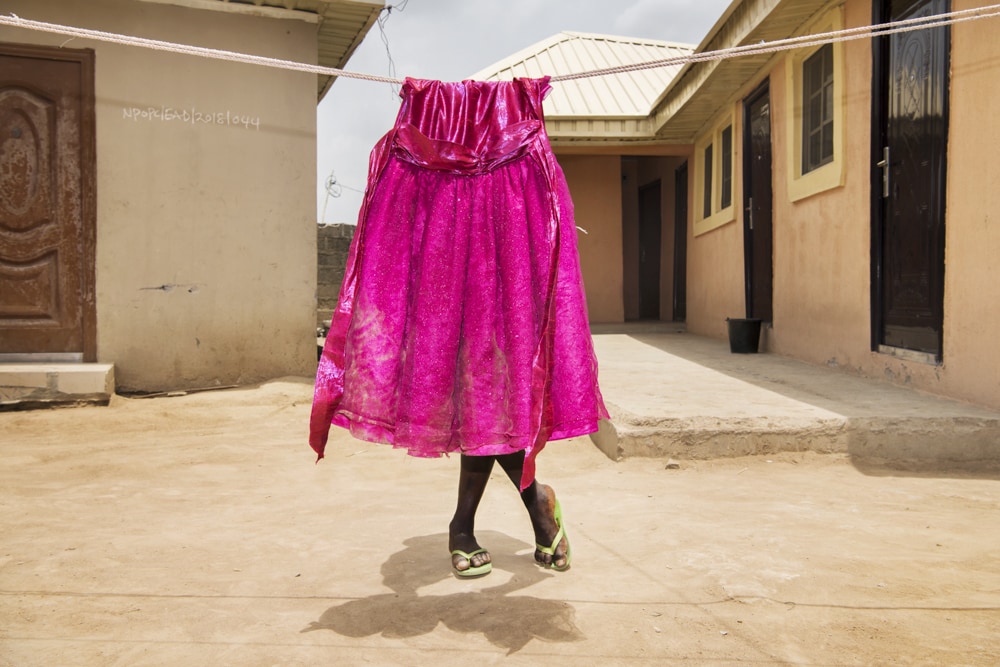
Benedicte Kurzen and the myth of war photographers
Benedicte Kurzen is not only an internationally recognized photojournalist. She also has a degree in Contemporary History from the Sorbonne in Paris. She began her career covering the Gaza Strip, Iraq, and Lebanon conflicts. She later moved to the African continent, covering conflict and socioeconomic change. She won a World Press Photo in 2019 and regularly publishes in The New York Times, Paris Match, The New Yorker, Le Monde Magazine, and Newsweek.
A few years ago, together with Sanne de Wilde, she started her Land of Ibeji project. They take Yoruba cosmology in Nigeria and the way of understanding twins as a starting point. For them, it has been a journey of photographic exploration and self-knowledge.
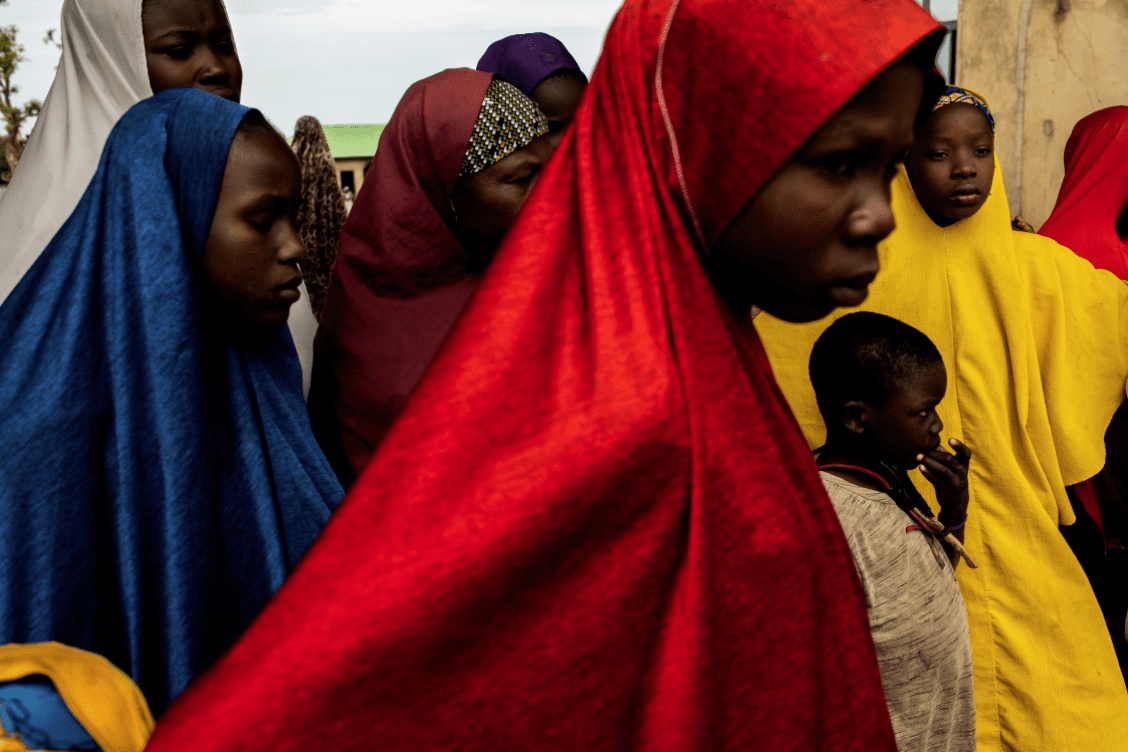
Benedicte Kurzen
What took you to Nigeria? How did the project come about?
When I first arrived in Nigeria, I had lived already seven years in South Africa. I was both mesmerised by the incredible energy of the people, and also by default. My first journey was mainly in Lagos, I had to do a story for the New York Times about the nightlife… Nigerians know how to party, hard !!!! It also created a huge contrast to South Africa, that I experienced always as a closed, deeply wounded, with racial frontlines everywhere. Nigeria felt open, fluid, proud, Wilde and strong. It represented an infinity of stories to tell. It has been also very important for me to live where I work that the source of my inspiration, the stories I want to tell come from daily life, daily interaction, like a fluid constant conversation. This is how the story of the twins came to me: one night during a conversation with a young lady in a guest house in Abuja. She was part of a christian mission and was describing how some traditional beliefs still had impact on communities. She described how twins in some very remote places are still killed because their birth is considered natural – spirits are not supposed to take shape in the material world. Such a narrative is not easy to go about: a priori it has the potential to reinforce a lot of the already deeply rooted prejudices European and by colonial extension, sone monotheist Africans. Those stories are like seeds that are planted in your mind, they just wait the right moment to grow.
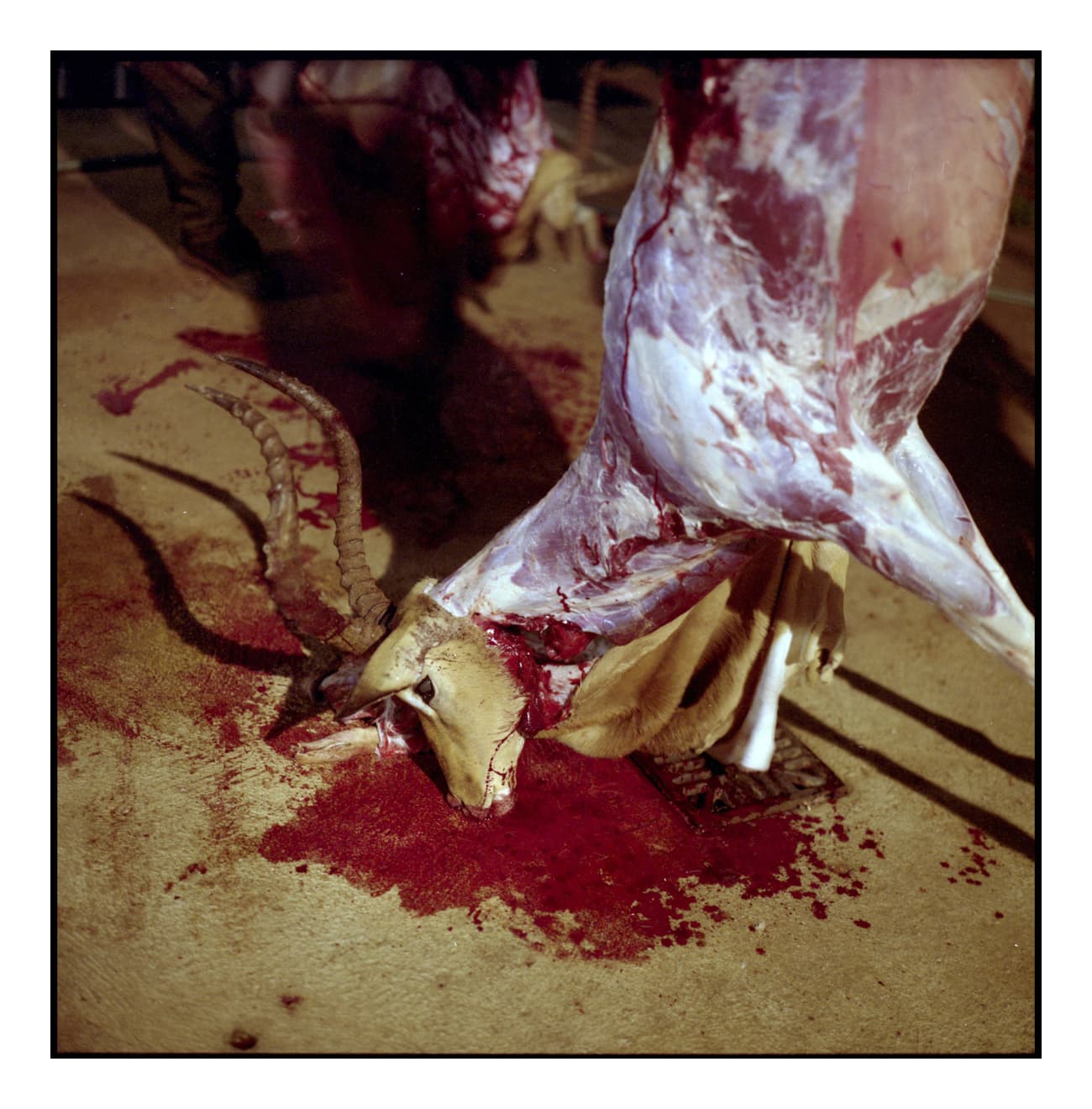
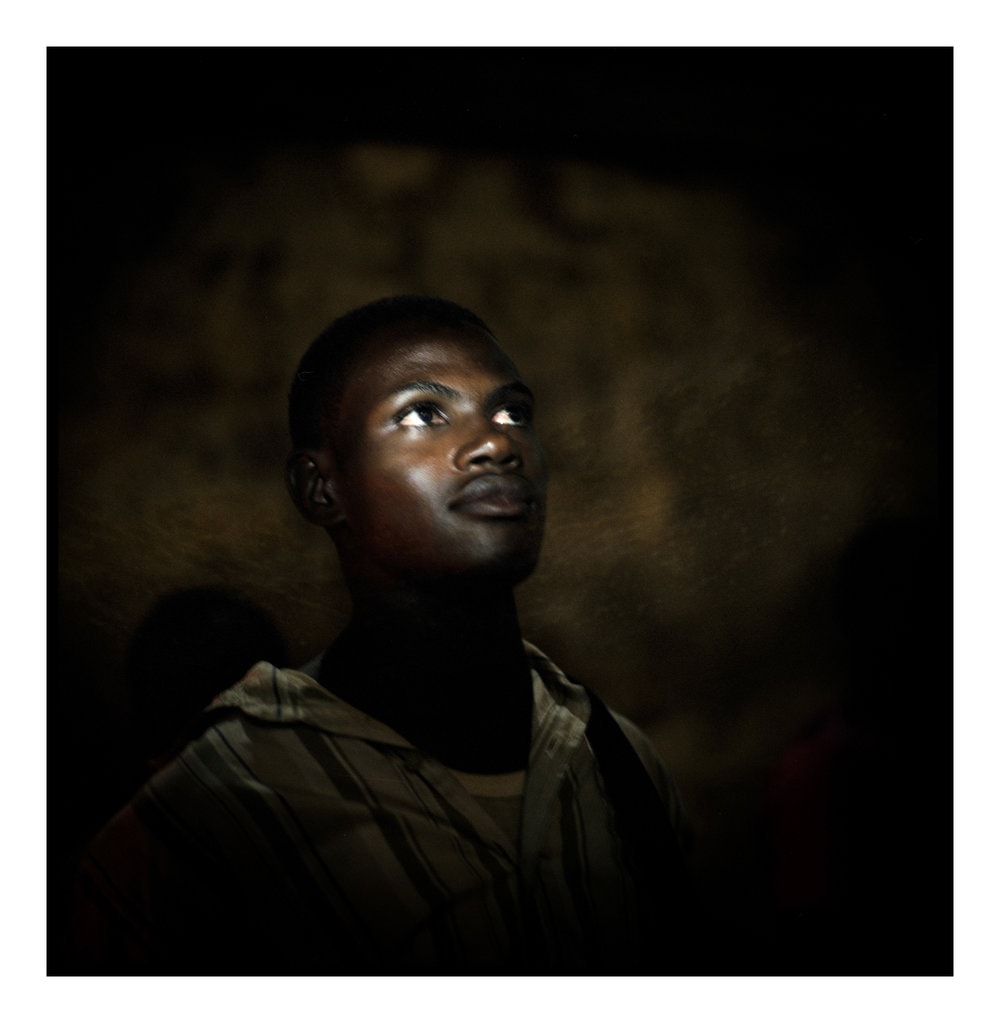
Could you tell us about the idea around the double soul of the Yoruba?
The Yoruba cosmology tells us we all have a twin double in the spiritual world, it is us and we are it. The concept of duality in Yoruba is not a divisive one, it is one which unites. Professor Babatunde Lawal, who is an art historian and scholar of the arts of Nigeria, expresses the concept of cuality in the best possible way. His research is focused on the visual culture of the Yoruba and the cosmology which stimulated this art. “The notion that reality has two aspects (i.e., spirit-matter, visible-invisible, male- female, good-evil, essence-existence and so on) is a universal phenomenon dating back to the dawn of human history. […] However, its implications vary from one culture to another. In some, the two aspects are thought to be interdependent – as in the duality of twins or the primordial couple whose union gave birth to humankind. […] The Universe is divided in two as a “big gourd with two halves”. The top half signifies maleness (ako) as well as the sky/heaven (isálòrun) – the realm of invisible spirits. The bottom half represents femaleness (abo) and the primeval waters out of which the physical world (ayé) was later created.”
What we call life has also its own ambivalence when it animates “the benevolent and malevolent forces of nature and in the oppositional complementarity of day and night, hot and cool, wet and dry, right and left, north and south, east and west, and life and death. Many of the deities have two sides – at times male and female or sometimes positive and negative. Even humanity (ènìyàn) has similar manifestations. Besides, every living person is thought to have a spirit double (enìkejì) in heaven, in addition to being an interface of spirit and matter.”
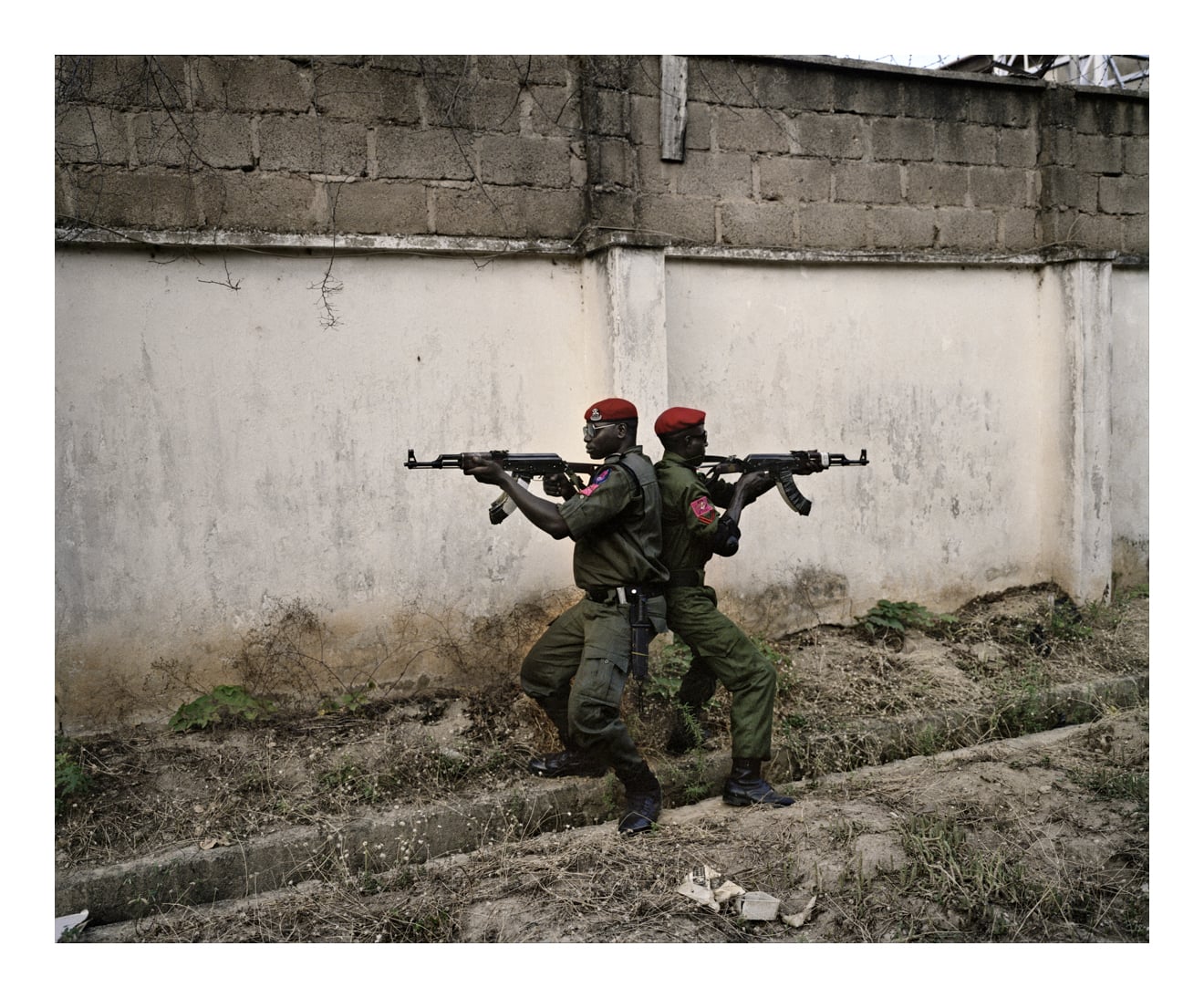
What was it like doing that job -especially- in pairs?
It was out first experience in working in a duo. We developed the project in a large part, realizing how our collaboration was a smooth, stimulating and fluid experience. We fuelled each other with ideas. It is very unique, and from what I understand from other photographers, quite rare. This permanent stimulation, encouragement allowed us to demultiply the photographic approaches, which is a very important aspect of the project. The twin spirits really inspired us to stay open, let go of our ego. In the streets of Lagos it was frequent that people pointed fingers at us saying we were twins ourselves.
You speak of the “myth of war journalism”. How is it demystified? What things do you have to understand?
It is necessary to mention that I wrote my master in Semiology in 2002. Since then parts of the photographic landscape/ industry have either morphed, disappeared, or expanded. So we are talking about a figure within photography but also within society then. In the early years 2000, photojournalism was a very pyramidal structure led by super stars and super publications, lots of prestige, with on the top of the list all the guys who have been covering the Balkans, Chechnya, Irak etc.. Lots of men, lots of white men, apart from Stanley Greene, who was a strange poetic presence, and very few amazing women. So the question about the myth of the war photographer, meant researching the figure of modern heroes, who are they, and what do they do. I just wanted to ask the question : what is the prestige attached to this profession ? Why do we treat documentary photographers, like heroes, especially the one who cover wars ?
It is quite simple and actually goes very deep into the European collective conscience and common narratives: masculine figures would take upon themselves an important mission – bearing witness to history in the making – , risking their own life to do so – war photographers received a lot of prestige – and for a higher purpose but their own selfish interest – Inform the general public and raise awareness – . In a sense this is an old figure of the masculine hero that a lot of societies venerated. It speaks to a core of undeniable admirable values: courage, intelligence, camaraderie, personal sacrifice, humility while behind the camera etc… in essence pure heroism. James Nachtwey in a sense was the most perfect archetype of this figure: handsome and sad, earnst and impeccable, and of course immensely talented and articulate in expressing this mission and the dedication that comes with it.
And despite, my very critical mind I have to say that someone the ideal version of it is actually truly admirable. Problems only come when you scratch the surface and you understand some of the Eurocentric, misogyne mechanisms supporting it. In any case I think it is a very powerful figure but ever since I think it has been highly scrutinised for good. For instance, it is impossible to dissociate the story of abuses that are only starting to come out of the closet now, mainly based on an abuse of power and/or the attraction it creates.
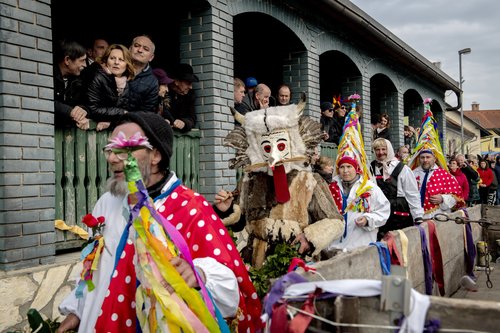
What led you to look for stories in the Gaza Strip?
I started as a political activist, pro-Palestinian, reporting for a small French activist group, on the dehumanisions and humiliations Palestinians lived on a daily basis. I was obsessed with feeling useful and in a sense after my writing the previous year, it was obvious I got a bit intoxicated: being a witness and using the media as a channel to raise awareness, when in fact magazines and newspaper were still the main source of information.
This being said, living between the Gaza Strip and Jerusalem I also understood that there was two sides to the stories despite of course the massive unbalance of the forces in presence. I kept for a while two articles by Christophe Ayad called “The broken soldiers of Tsahal” which was explaining the mental breakdown that most young Israeli had after their military service. But I always ended up in Gaza. At first, I was covering hard news and one little step at a time, I made my first assignment, then my first story. At that time the IDF had bulldozed a large part of Rafah on the Egyptian borders, families had lost their home. My first assignment for the foreign Press was for the Guardian. Chris McGill had made an investigation about killings of civilians including children. I also produced a big project about the widows who were in this extremely fragile position of loosing their husbands, their homes, depending often on the family of their late husband.I was saturated with outrage and a violent sense of fundamental injustice not only with the political situation of my own position: I could leave this open sky prison, and they could not. And then there was the pull out… What a media operation the Israelis had pull up there … Incredible. I left after that, disgusted by the fact I contributed in photographing a set up.
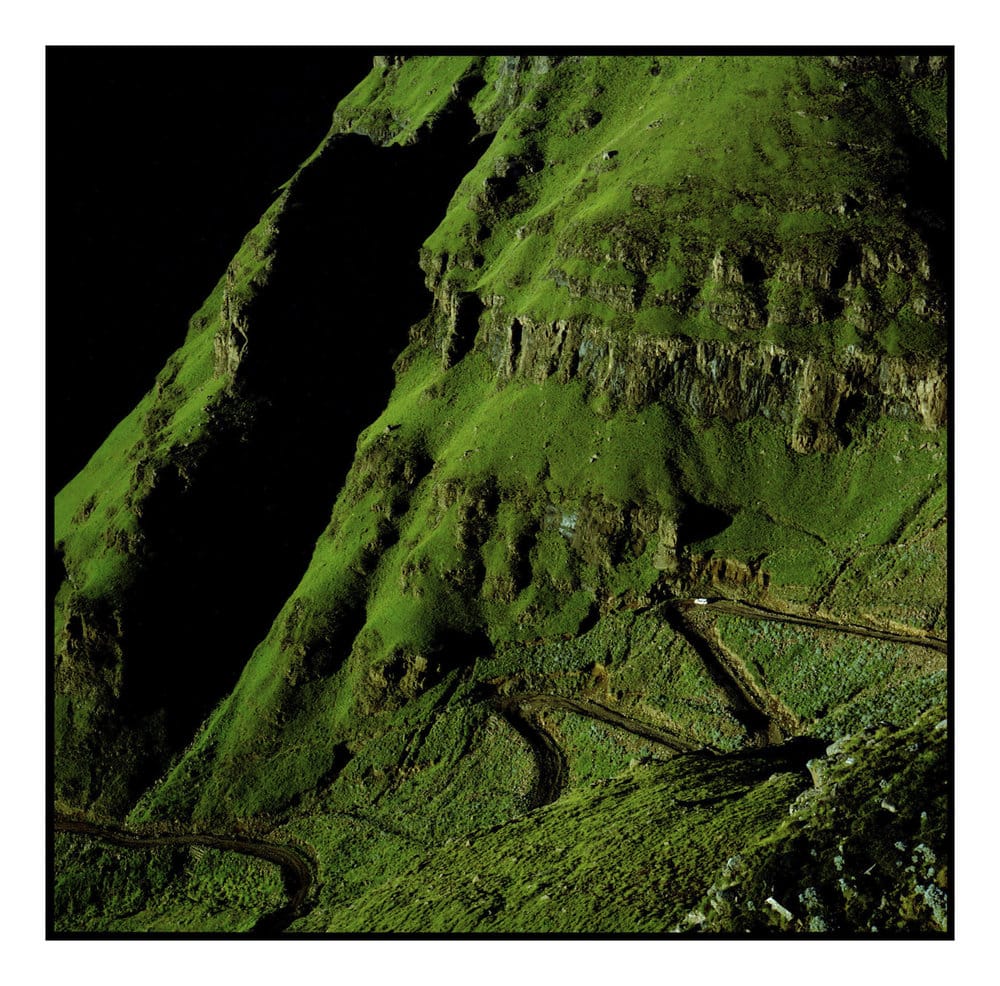
Benedicte Kurzen
What projects are you currently working on?
I always have things on the go. Projects I started and other on the shelves. For instance, this year is the 10th year I have been working on the and around Lake Chad, and the crisis led by Boko Haram and other jihadists groups. I would like to produce an exhibition and a book about it. “Land of Ibeji” multiple exhibitions are also on the table. I have a few other projects to produce but don’t like to speak about them before it is out. I have very few superstitions but this is one of them. And of course apart from my own work I am engaging with a few projects teaching, coordinating, conceptualising projects for other photographers from Nigeria. I love being in the seat of the person who support.
How would you describe Land of Ibeji?
Johny Pitts gave us a golden description for the book: it is a flow of consciousness. I think it applies really well to the work more generally and not only to the book. It is really a beautiful body of work where we – the authors- embraced the invitation that the magic Yoruba cosmology of twins was offering. It is a way to look at the world – which is very photographic – where nature, spirits, reality intertwined and address topics that have a universal dimension: the duality of the world, our own etc.. Photographically, the project carries the idea of collaboration in its origin. It started between Sanne De Wilde and me and afterwards to musicians, other artists, other photogrpahers. When we show the work it always create a special synergy that is binds experimentation and expanded image.


